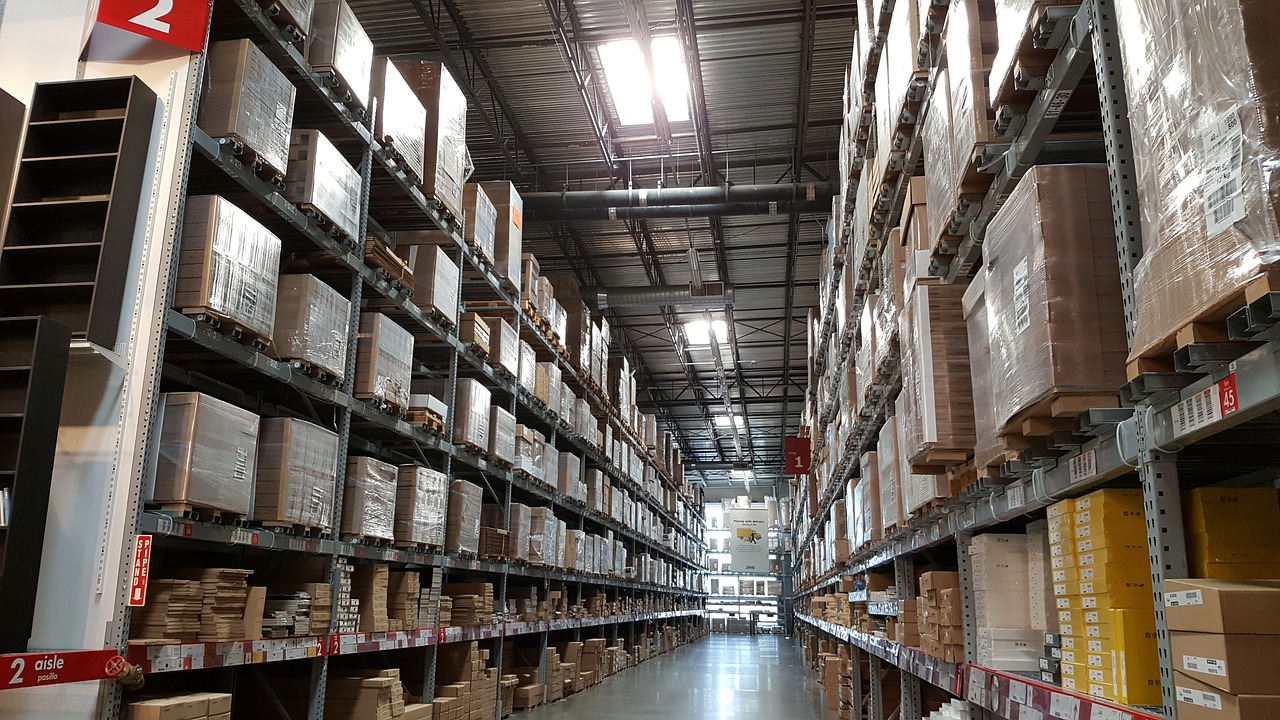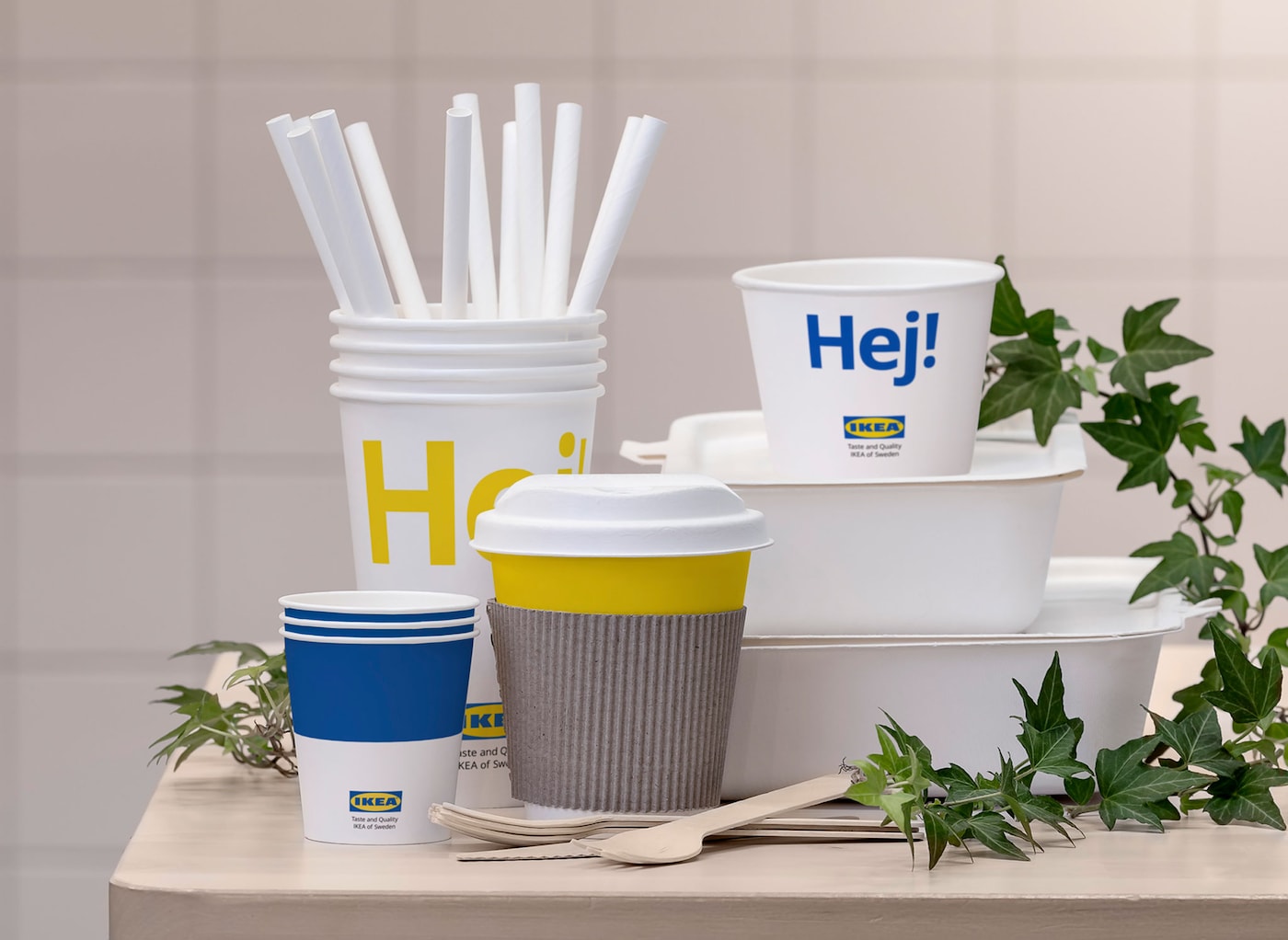- Sustainable Planet -
- 3mins -
- 248 views
IKEA to invest €200 million into becoming ‘climate positive’
The money will be used to help the furniture and homewares retailer achieve its aim of using 100% renewable energy in production by 2030. This effort will be carried out in collaboration with IKEA’s suppliers.
Furniture giant to invest in green energy, reforestation and carbon storage projects
Furniture and homeware giant IKEA announced last week a massive cash injection into its "climate positive" sustainability strategy, pledging to spend a further €200 million on green energy, reforestation and forest protection projects in order to curb the impact of its flatpack furniture business. By 2030 IKEA wants to remove more greenhouse gases from the atmosphere than it produces through the production and use of its goods — something it describes as a “climate positive” goal. The investment will be focused on two areas — green energy and reforestation.

IKEA investing £200 million in push to become climate positive
IKEA, the world’s biggest furniture group, announced on Wednesday it would spend around 100 million euros (£86 million) to support direct suppliers as they switch over to renewable energy use. — reported Reuters
Brand owner Inter IKEA, in charge of supplying retailers with stock, said it also planned to invest around 100 million euros in projects to remove carbon from the atmosphere through reforestation and forest protection.
It said the investments would be part of its work towards making IKEA climate positive – cutting more greenhouse gas emissions than the IKEA value chain emits – by 2030.
The target, announced in 2018, encompasses the entire value chain from raw material production to customer purchase – including IKEA’s around 1,000 direct suppliers.
“Our suppliers have worked on this agenda for quite some time so we know where there are critical areas,” Chief Sustainability Officer Lena Pripp-Kovac told Reuters about the renewable energy related investment, adding that the focus would be on textile, ceramics, glass and metal producers.
Chief Executive Torbjorn Loof said IKEA would invest where it was likely to have the biggest impact on emissions. “This is a way for us to add capital that will be available to speed up these transformations,” he said in an interview.
IKEA now says that to reach its 2030 target it also needs to help store carbon already emitted, besides capping emissions.
The money earmarked for forestry management would be spent in partnerships with organisations and forest owners, Pripp-Kovac said.
In September Ingka Group, which owns most IKEA stores, pledged to exceed its 2020 target to produce as much renewable energy as the energy it consumes by the year’s end.
More than 400 firms including IKEA, H&M and Sony have committed to a U.N.-backed initiative to help limit global warming.
IKEA produces around 10% of its range itself and sources the rest from suppliers.
Source: Reuters

IKEA reshaping its business model to fit a “climate positive” mould
More than half of the company’s climate footprint comes from materials in its products and production processes, with wood one of the main materials IKEA relies on. Alongside reforestation, IKEA said it will work to support restore degraded land in a bid to curb emissions.
The news comes as IKEA attempts to reshape its business model to fit a "climate positive" mould. Earlier this year it opened its "most sustainable store" in the United Kingdom in London’s Greenwich, which features a new "Learning Lab" to teach customers upcycling and repair skills and a rooftop garden. Visitors are encouraged to use public transport to reach the store, and bicycle deliveries are available.
IKEA is hoping its customers will reward its sustainability push with loyalty and in-store spending. But the firm’s operating profit fell 10% this year to $2.2 billion, according to recent financial results, as the costs of its green transformation weighed on its balance sheet. Since 2009 the firm has invested almost $2.76 billion on green energy, and it is on track to match its energy consumption with renewables output next year.
Source: GreenBiz

